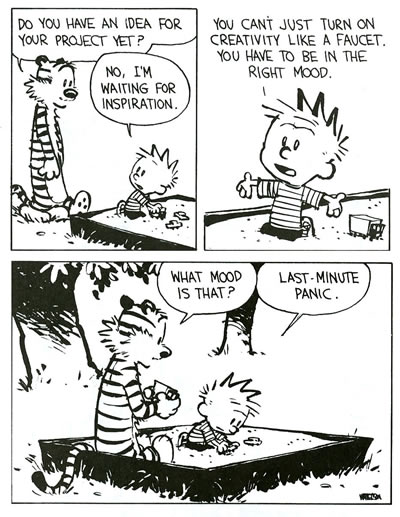So today is the halfway point in NaNoWriMo, and I’m …
… well not quite at the halfway mark. A bit over 24K, out of the month’s goal of 50K.
What’s surprising (well, surprising for me) is that I am nowhere near done writing this story. My recollection from last year, as I left it, was that I was about three-quarters of the way through, and one more major scene, maybe two, would resolve it.
As of today, I have barely gotten, tonight, to the beginning of that first major scene. Which makes me think I’m going to be lucky to finish it by the end of the month, even if I stay on target.
What have I been writing about in the interim? Complications that arose from where things were at the end of last year: a dead body leading to various folks investigating our protagonists further. That the dead body is actually dead because of one of the protagonists isn’t making things any easier for them.
I have no doubt there’s a lot of padding and digressions and unnecessary flab in what I’m putting together. The nature of NaNoWriMo encourages that. On the other hand, better to start fat and cut to lean, then having to come up with additional stuff to put in.
Though I have become painfully aware that the immediate conflict and danger and tension in the story have eased a fair amount in the last week or so. Some of the problems I threw at the protagonists from Day 1 (last year) have been resolved. Which has been quite the comfort to them, but probably not to the overall betterment of the novel.
So time to ratchet up the conflict again. We’ll see how that goes.
I was also very good tonight in my writing, in not doing a bunch of research as I was going along. That helped the word count production. Time enough to research the history of the cathedral of San Francisco when I’m in my first revision cycle.
And for all that I note the flab in the writing above, I also know that I’m missing a lot of the detail I eventually want to have. Right now a lot of the writing is dialog back and forth. There are a few more senses I want to engage, but probably that’s a first revision cycle effort, too.
On the bright side, I finally figured out whodunnit. Or likely whodunnit, but at least whydunnit, and the faction that dunnit, regardless of who pulled the trigger. It’s very odd to be writing a mystery story and not being clear on who the guilty party is. In retrospect, it makes perfect sense, which is probably why it all fell into place with a loud mental click.
Which, of course, now gives me a narrative target to drive toward. Huzzah!
The other thing I don’t have at the moment is the Final Scene (or the climactic scene, or where, image-wise, I’m going toward). That’s something that I almost always have in my writing, and this time it’s still fuzzy. Which perhaps is why I’ve been wandering so much.
Anyway, I feel much better, after having skipped the past two days, at having caught up to such a degree. The next week and change will be a challenge, with the Thanksgiving holiday and the In-laws coming to town (they’re fully supportive of all this, but are still a distraction, and I mean that in only a good way …), so I need to see if I can build up a bit over the quota so that I don’t find myself writing for a couple of hours on Thanksgiving and the day after.
Halfway through — I’m ready for my second half, Mr. DeMille!



